Home>Technology>Home Entertainment Systems>How Has Binge-Watching Changed Television?
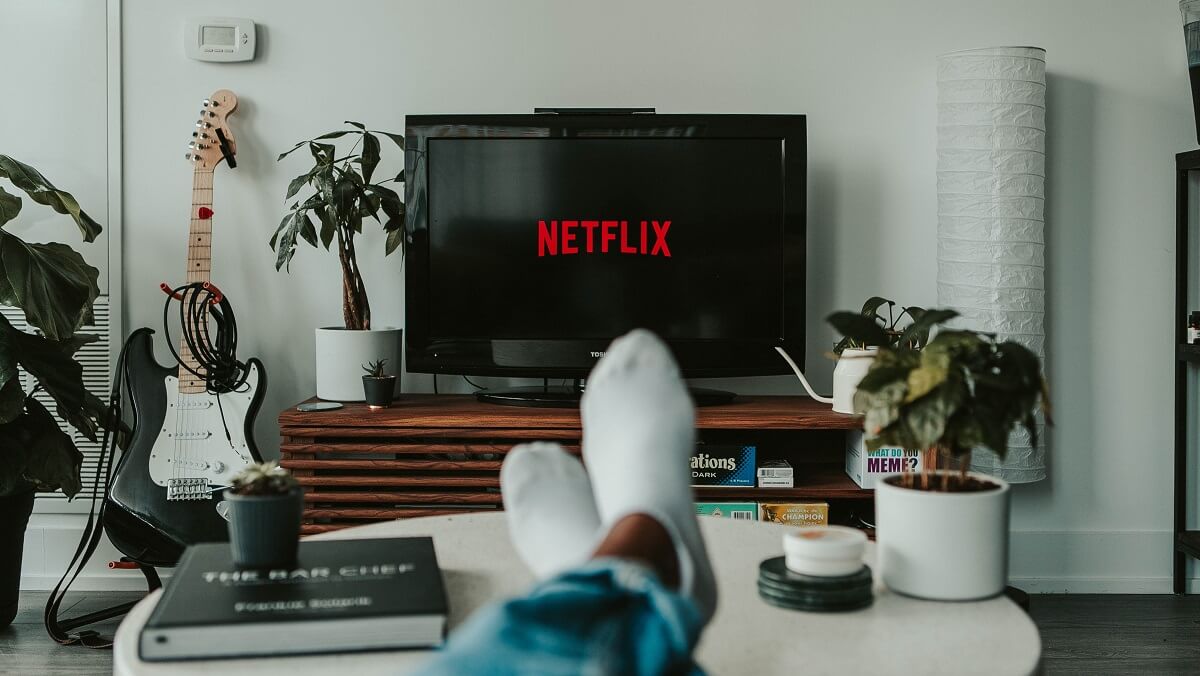

Home Entertainment Systems
How Has Binge-Watching Changed Television?
Modified: January 9, 2024
Discover how binge-watching has revolutionized television and learn how to enhance your viewing experience with home entertainment systems. Explore the impact and evolution of this popular trend.
(Many of the links in this article redirect to a specific reviewed product. Your purchase of these products through affiliate links helps to generate commission for Storables.com, at no extra cost. Learn more)
Introduction
Welcome to the golden age of television, where the way we consume entertainment has undergone a radical transformation. The phenomenon of binge-watching has revolutionized the traditional television viewing experience, reshaping not only how we watch our favorite shows but also how they are produced and distributed. In this article, we will delve into the captivating evolution of binge-watching and its profound impact on the television industry.
As technology continues to advance and streaming platforms become increasingly prevalent, binge-watching has become a ubiquitous cultural phenomenon. The ability to stream entire seasons of television shows on-demand has fundamentally altered the way audiences engage with content, allowing them to immerse themselves in captivating narratives for hours on end. This shift in viewing habits has not only transformed the dynamics of entertainment consumption but has also sparked a wave of innovation in the creation and distribution of television content.
Join us as we explore the rise of binge-watching, its influence on TV viewing habits, its impact on TV production and storytelling, and its pivotal role in shaping the landscape of streaming services. Through this journey, we will gain a deeper understanding of how binge-watching has redefined the very essence of television entertainment.
Key Takeaways:
- Binge-watching has changed TV by letting people watch whole seasons at once, making shows more addictive and creating a shared experience with friends and online communities.
- Binge-watching has led to better TV shows with deeper stories and characters, and it has made streaming services create more original content and improve how we watch.
Read more: How To Watch Television Online
The Rise of Binge-Watching
Binge-watching, once a niche behavior, has evolved into a mainstream cultural phenomenon, reshaping the way audiences engage with television content. The practice of consuming multiple episodes of a TV series in rapid succession has become deeply ingrained in modern viewing habits, thanks to the widespread availability of streaming platforms such as Netflix, Amazon Prime Video, and Hulu.
One of the key drivers behind the rise of binge-watching is the shift from traditional broadcast television to on-demand streaming services. Viewers now have the freedom to choose when and how they consume content, liberating them from the constraints of scheduled programming. This newfound flexibility has empowered audiences to immerse themselves in captivating narratives without the interruption of commercial breaks or rigid airing schedules.
The allure of binge-watching lies in its ability to create an immersive and addictive viewing experience. Viewers are drawn into the intricate storylines and character arcs, often finding it difficult to resist the temptation to continue watching. The emotional investment in the narrative, coupled with the seamless transition from one episode to the next, fosters a sense of continuity that keeps audiences engrossed for extended periods.
Furthermore, the social aspect of binge-watching has contributed to its widespread popularity. The ability to engage in communal viewing experiences, whether in person or through online discussions, has transformed binge-watching into a shared cultural activity. The collective anticipation and discussion surrounding popular series have fostered a sense of community among viewers, creating a shared lexicon of memorable moments and plot twists.
As a result, binge-watching has transcended mere viewing behavior to become a cultural phenomenon that shapes conversations, fuels fan theories, and fosters a sense of shared enthusiasm among audiences. This shift in viewing patterns has not only redefined the dynamics of television consumption but has also exerted a profound influence on the production and storytelling strategies employed by content creators.
Impact on TV Viewing Habits
The advent of binge-watching has fundamentally transformed the way audiences engage with television content, ushering in a new era of on-demand and immersive viewing experiences. This shift has had a profound impact on TV viewing habits, reshaping the dynamics of audience engagement and redefining the traditional patterns of content consumption.
One of the most notable impacts of binge-watching on TV viewing habits is the erosion of the conventional weekly episodic model. In the past, audiences eagerly awaited the weekly release of new episodes, with each installment leaving them on the edge of their seats, eagerly anticipating the next chapter of the story. However, the binge-watching culture has disrupted this pattern, enabling viewers to consume entire seasons in a single sitting, thereby altering the cadence of engagement with the narrative.
Moreover, binge-watching has blurred the boundaries between different genres and formats, allowing viewers to seamlessly transition from one series to another without the constraints of programming schedules. This has led to a more eclectic and diverse viewing experience, as audiences explore a wide range of content across various genres, eroding the traditional barriers that once defined television consumption.
Furthermore, the impact of binge-watching on TV viewing habits extends beyond the act of watching itself. It has redefined the concept of appointment viewing, as audiences no longer feel compelled to rearrange their schedules to catch their favorite shows at specific times. Instead, they have the freedom to curate their own viewing schedules, accommodating their entertainment preferences within their daily routines.
Additionally, binge-watching has reshaped the nature of audience engagement with television content. Viewers are now more inclined to invest prolonged periods in consuming a series, leading to deeper immersion in the narrative and a heightened emotional connection with the characters and plotlines. This prolonged engagement has redefined the nature of fandom, as viewers develop intense attachments to the shows they binge-watch, often forming dedicated communities and fan bases around their favorite series.
Overall, the impact of binge-watching on TV viewing habits has been transformative, fostering a culture of on-demand, immersive, and diversified content consumption that transcends the confines of traditional television viewing.
Changes in TV Production
The rise of binge-watching has not only revolutionized the way audiences consume television content but has also sparked significant changes in the production strategies employed by content creators and networks. As the demand for binge-worthy series continues to surge, the landscape of TV production has undergone a paradigm shift, leading to the emergence of innovative approaches and storytelling techniques.
One of the most pronounced changes in TV production stemming from the binge-watching phenomenon is the emphasis on serialized storytelling. Unlike the episodic format that dominated traditional television, where each episode was designed to be a self-contained narrative, the binge-watching era has propelled the prominence of serialized storytelling. This approach involves crafting intricate story arcs that unfold across multiple episodes or entire seasons, enticing viewers to embark on compelling narrative journeys that span beyond individual installments.
Furthermore, the binge-watching trend has led to an increased focus on character development and long-term story planning. Content creators now strive to craft multi-dimensional characters and interconnected plotlines that unfold gradually, catering to the sustained engagement of binge-watching audiences. This shift has elevated the importance of cohesive and meticulously plotted narratives, ensuring that each episode contributes to the overarching story in a meaningful and captivating manner.
Moreover, the production of binge-worthy series has prompted networks and streaming platforms to invest in high-quality, cinematic visuals and production values. The allure of binge-worthy content lies not only in its storytelling but also in its visual and aesthetic appeal. As a result, TV productions have embraced ambitious cinematography, elaborate set designs, and immersive soundscapes, elevating the overall viewing experience and captivating audiences on a visceral level.
Additionally, the binge-watching culture has encouraged experimentation with non-linear storytelling and narrative structures. Content creators have leveraged the freedom afforded by binge-worthy series to explore unconventional timelines, parallel story threads, and intricate narrative devices, challenging traditional storytelling conventions and offering viewers a more dynamic and engaging narrative experience.
Overall, the changes in TV production driven by the rise of binge-watching have propelled the industry towards a new era of ambitious storytelling, visual innovation, and audience immersion, shaping the creation of content that is tailored to captivate and enthrall the modern binge-watching audience.
Binge-watching has changed television by allowing viewers to consume entire seasons of shows in a short period of time. This has led to a shift in how TV shows are written and structured, with more emphasis on long story arcs and cliffhangers to keep viewers engaged.
Effects on Storytelling
The pervasive influence of binge-watching on television consumption has profoundly impacted the art of storytelling, reshaping the narrative structures, pacing, and thematic depth of television series. The shift towards binge-worthy content has redefined the parameters of storytelling, fostering a creative landscape that caters to the immersive and continuous engagement of binge-watching audiences.
One of the most notable effects of binge-watching on storytelling is the evolution of narrative pacing. With the traditional constraints of episodic television loosened, storytellers have embraced the freedom to craft narratives with a more deliberate and nuanced pace. This has led to the proliferation of slow-burn storytelling, where plotlines unfold gradually, allowing for in-depth character exploration and the gradual unfurling of complex story arcs. As a result, binge-worthy series often prioritize character-driven narratives and intricate world-building, inviting audiences to invest in the rich tapestry of the storytelling experience.
Moreover, the binge-watching culture has propelled the prominence of narrative intricacy and depth. Storytellers now weave multi-layered and intricately interconnected plotlines, often incorporating foreshadowing, subtle clues, and thematic motifs that unfold across multiple episodes or seasons. This approach not only rewards attentive viewers but also encourages in-depth analysis and speculation, fostering an engaged and intellectually stimulated audience.
Furthermore, the impact of binge-watching on storytelling is evident in the exploration of thematic and moral complexity. Binge-worthy series often delve into morally ambiguous characters, ethical dilemmas, and thought-provoking philosophical themes, eschewing simplistic narratives in favor of nuanced explorations of human nature and societal dynamics. This elevation of thematic depth has elevated the discourse surrounding television storytelling, prompting meaningful conversations and critical analysis of the underlying themes and messages embedded within the narratives.
Additionally, the binge-watching phenomenon has encouraged the convergence of genres and storytelling formats. Storytellers now have the latitude to blend genres, experiment with narrative structures, and subvert traditional storytelling tropes, creating a diverse and eclectic landscape of storytelling that transcends conventional boundaries. This amalgamation of storytelling elements has enriched the narrative tapestry of binge-worthy series, offering audiences a dynamic and immersive storytelling experience.
Overall, the effects of binge-watching on storytelling have catalyzed a renaissance of narrative innovation, inviting storytellers to craft compelling, multi-faceted, and intellectually stimulating narratives that resonate with the discerning and engaged binge-watching audience.
Influence on Streaming Services
The rise of binge-watching has exerted a transformative influence on the landscape of streaming services, reshaping the strategies, content offerings, and user experiences provided by platforms that have become synonymous with on-demand entertainment. The pervasive impact of binge-watching has not only redefined the dynamics of content consumption but has also propelled the evolution of streaming services, leading to a reimagined approach to content delivery and audience engagement.
One of the most profound influences of binge-watching on streaming services is the emphasis on original content production. As audiences gravitate towards binge-worthy series that offer immersive and captivating narratives, streaming platforms have invested heavily in producing and curating a diverse array of original content. This strategic focus on original programming has not only differentiated streaming services from traditional broadcast and cable networks but has also elevated the quality and variety of content available to subscribers.
Moreover, the binge-watching culture has prompted streaming services to adopt innovative content release strategies. Unlike the episodic release model prevalent in traditional television, where episodes are unveiled on a weekly basis, streaming platforms have embraced the concept of releasing entire seasons of series at once, catering to the binge-watching habits of audiences. This approach has empowered viewers to engage with content at their own pace, fostering a sense of autonomy and control over their viewing experiences.
Furthermore, the influence of binge-watching has driven streaming services to prioritize user interface and experience design tailored to the binge-watching behavior. Features such as seamless autoplay, personalized recommendations, and intuitive navigation have been integrated to enhance the binge-watching experience, ensuring that viewers can seamlessly transition from one episode to the next while discovering new content that aligns with their preferences.
Additionally, the binge-watching phenomenon has catalyzed the global expansion and localization efforts of streaming services. As binge-worthy content transcends geographical boundaries, streaming platforms have pursued aggressive international expansion, offering a diverse array of content to audiences around the world. Furthermore, the localization of content through subtitles and dubbing has facilitated the global accessibility of binge-worthy series, fostering a more inclusive and interconnected viewing experience.
Overall, the influence of binge-watching on streaming services has been transformative, driving platforms to embrace original content, innovative release strategies, user-centric design, and global accessibility, redefining the paradigm of on-demand entertainment and elevating the viewing experiences of audiences worldwide.
Conclusion
The phenomenon of binge-watching has revolutionized the landscape of television entertainment, ushering in an era of on-demand, immersive, and communal viewing experiences that have redefined the very essence of storytelling and content consumption. As audiences continue to embrace the allure of binge-worthy series, the impact of binge-watching on television has been far-reaching, reshaping viewing habits, production strategies, storytelling techniques, and the dynamics of streaming services.
The rise of binge-watching has transcended mere viewing behavior to become a cultural phenomenon that has redefined the parameters of audience engagement. Audiences now have the freedom to curate their own viewing experiences, immersing themselves in captivating narratives without the constraints of traditional scheduling. This shift has not only transformed the dynamics of television consumption but has also fostered a sense of community and shared enthusiasm among viewers, shaping conversations and cultural discourse surrounding popular series.
Furthermore, the impact of binge-watching on television production and storytelling has been profound. Content creators have embraced serialized storytelling, character-driven narratives, thematic complexity, and narrative intricacy, crafting compelling and multi-faceted series that cater to the sustained engagement of binge-watching audiences. The evolution of TV production driven by the binge-watching phenomenon has elevated the quality and innovation of content, offering audiences a diverse array of immersive and visually captivating series that push the boundaries of storytelling and creativity.
Moreover, streaming services have been fundamentally transformed by the influence of binge-watching, leading to a reimagined approach to content delivery, user experience design, and global accessibility. The strategic emphasis on original content, innovative release strategies, user-centric design, and international expansion has elevated the viewing experiences of audiences, empowering them to discover, engage with, and immerse themselves in a rich tapestry of binge-worthy content tailored to their preferences.
In conclusion, the impact of binge-watching on television has been a catalyst for innovation, creativity, and audience empowerment, shaping the evolution of entertainment and redefining the way we engage with television content. As we continue to navigate the ever-evolving landscape of on-demand entertainment, the influence of binge-watching will undoubtedly continue to shape the future of television, inspiring storytellers, captivating audiences, and fostering a global community of passionate and engaged viewers.
Frequently Asked Questions about How Has Binge-Watching Changed Television?
Was this page helpful?
At Storables.com, we guarantee accurate and reliable information. Our content, validated by Expert Board Contributors, is crafted following stringent Editorial Policies. We're committed to providing you with well-researched, expert-backed insights for all your informational needs.
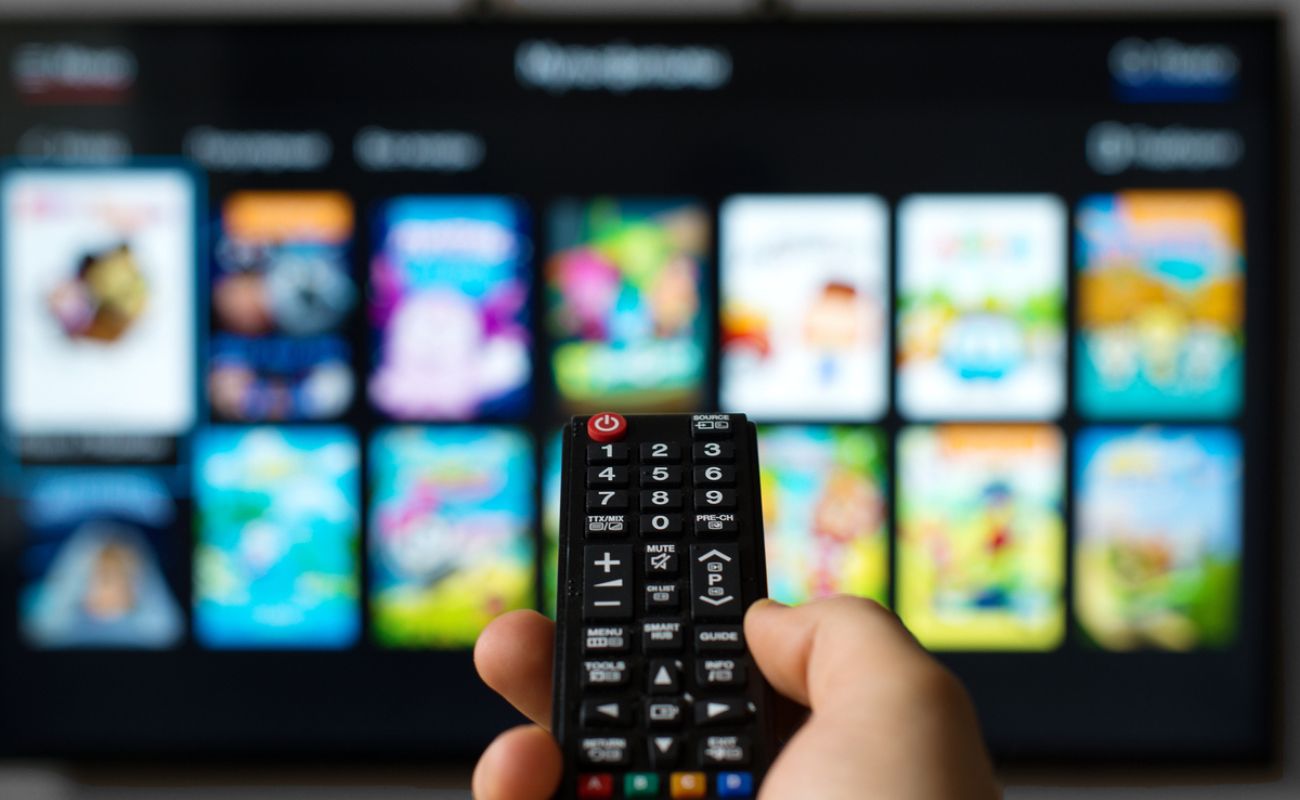
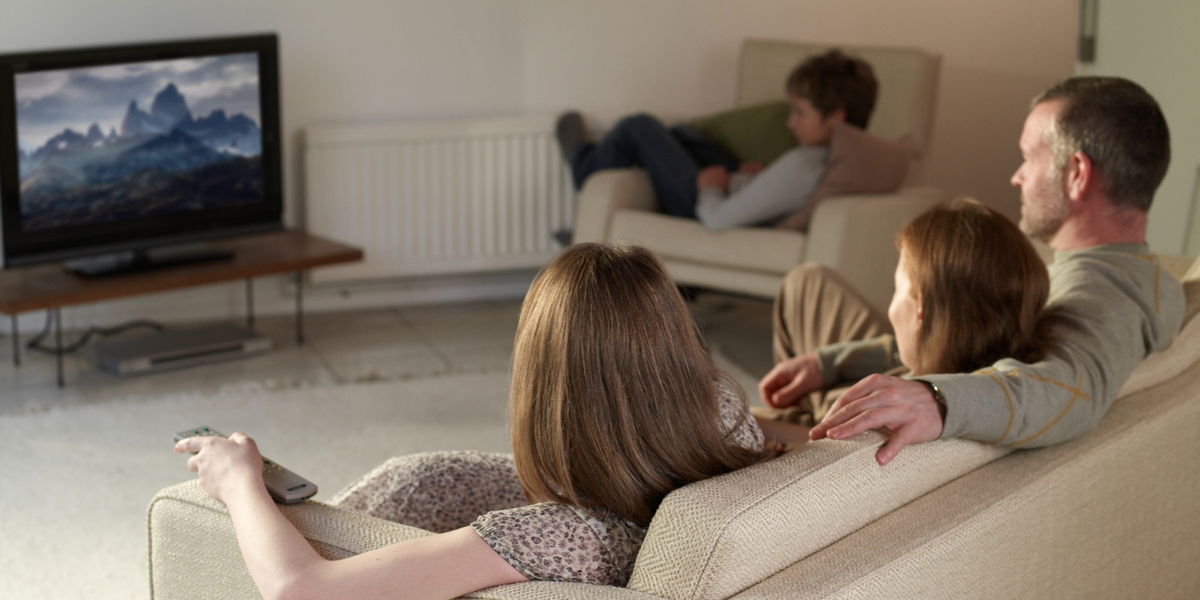
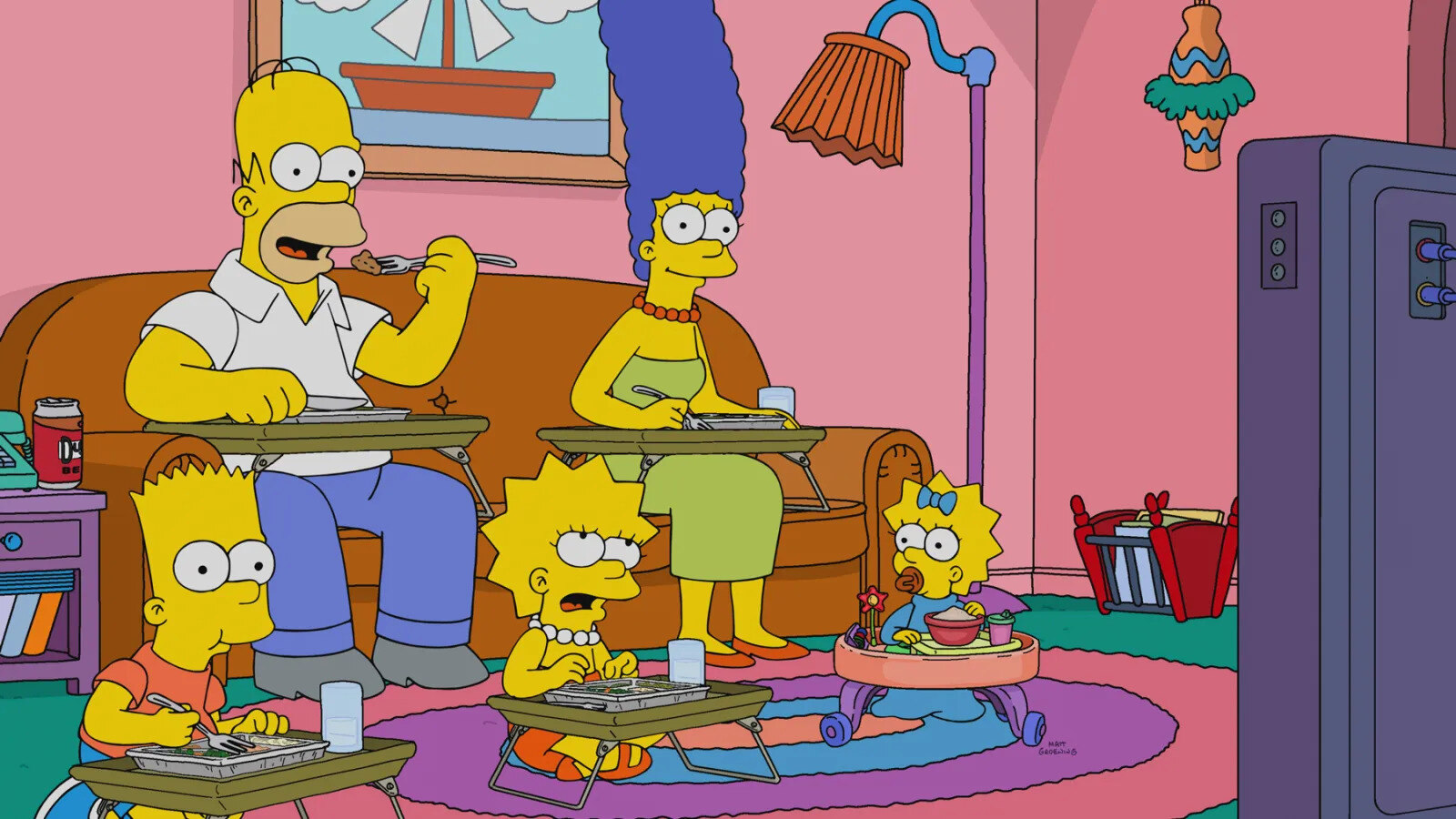


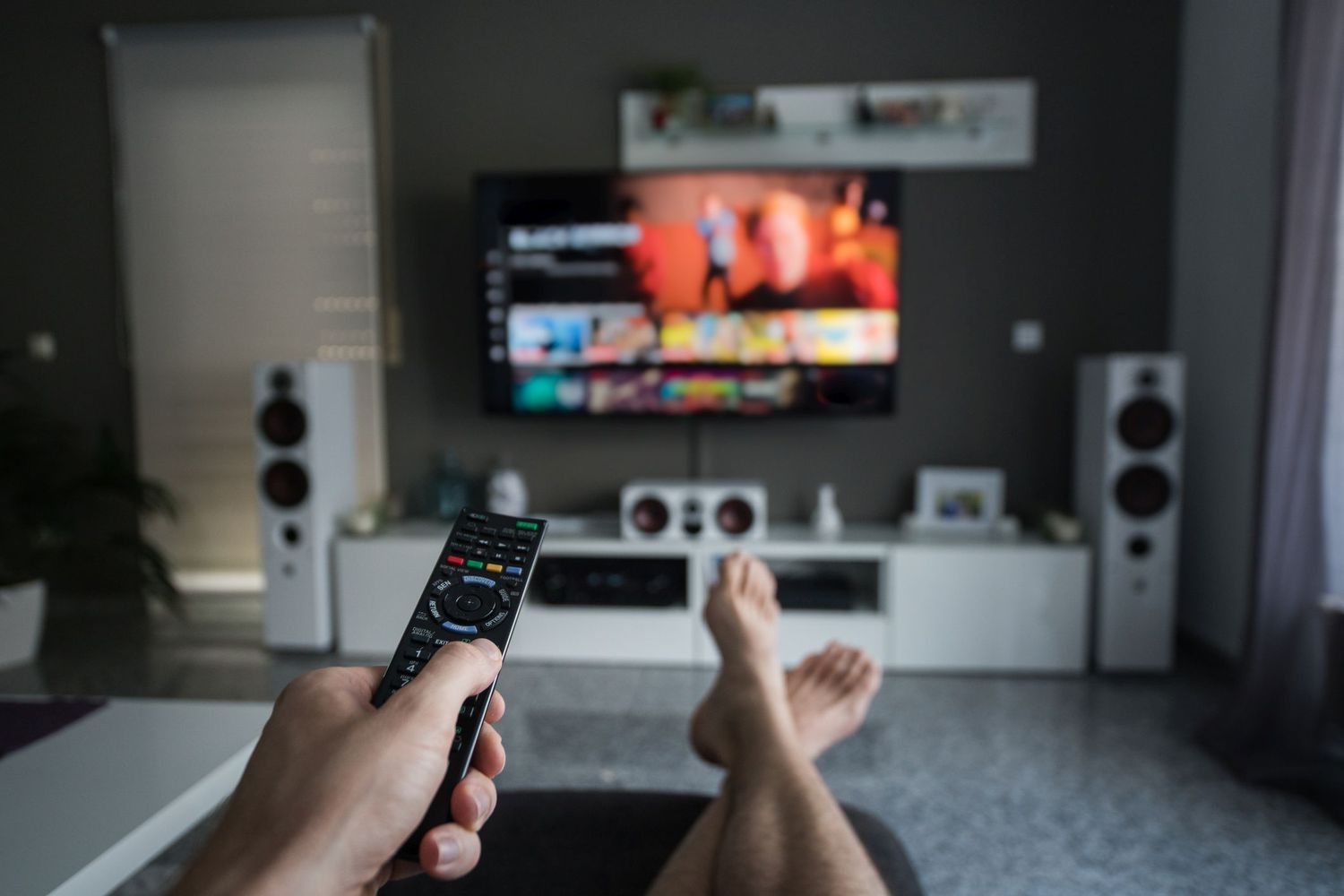
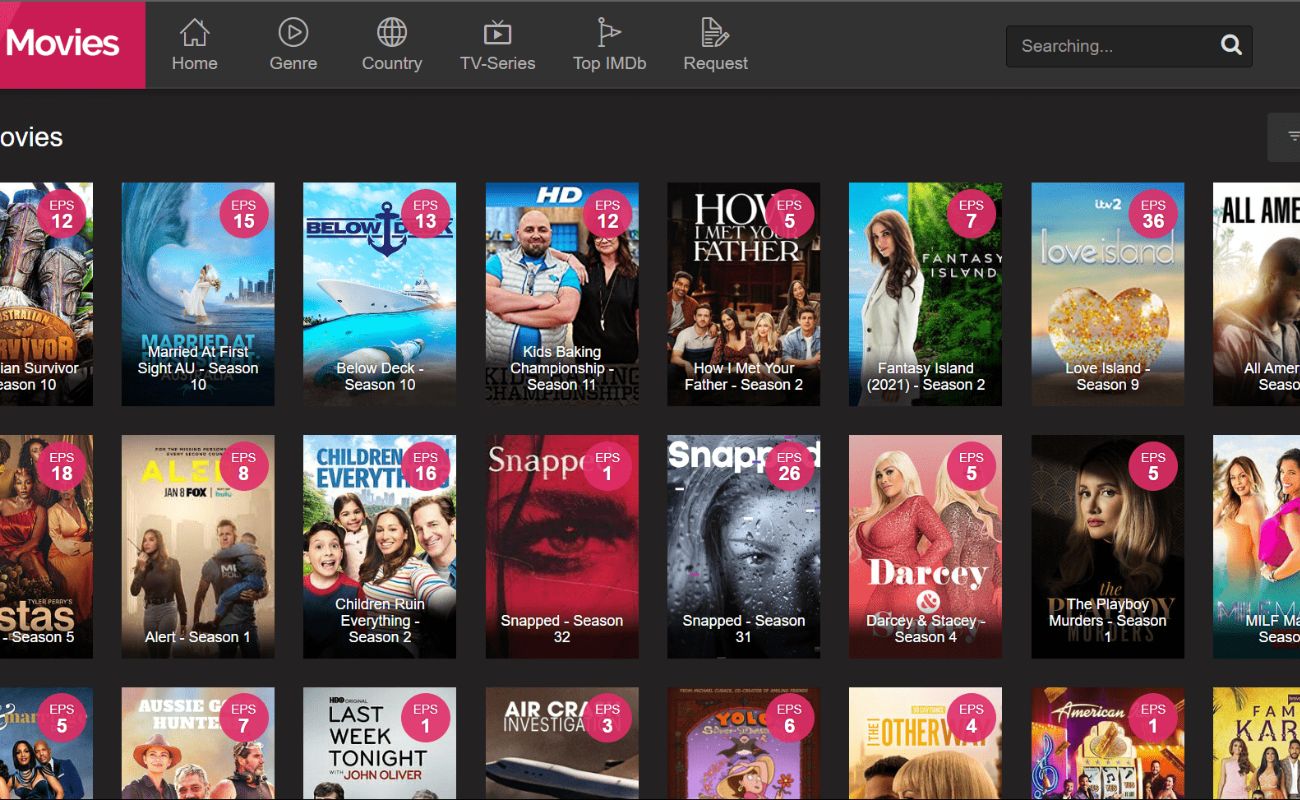



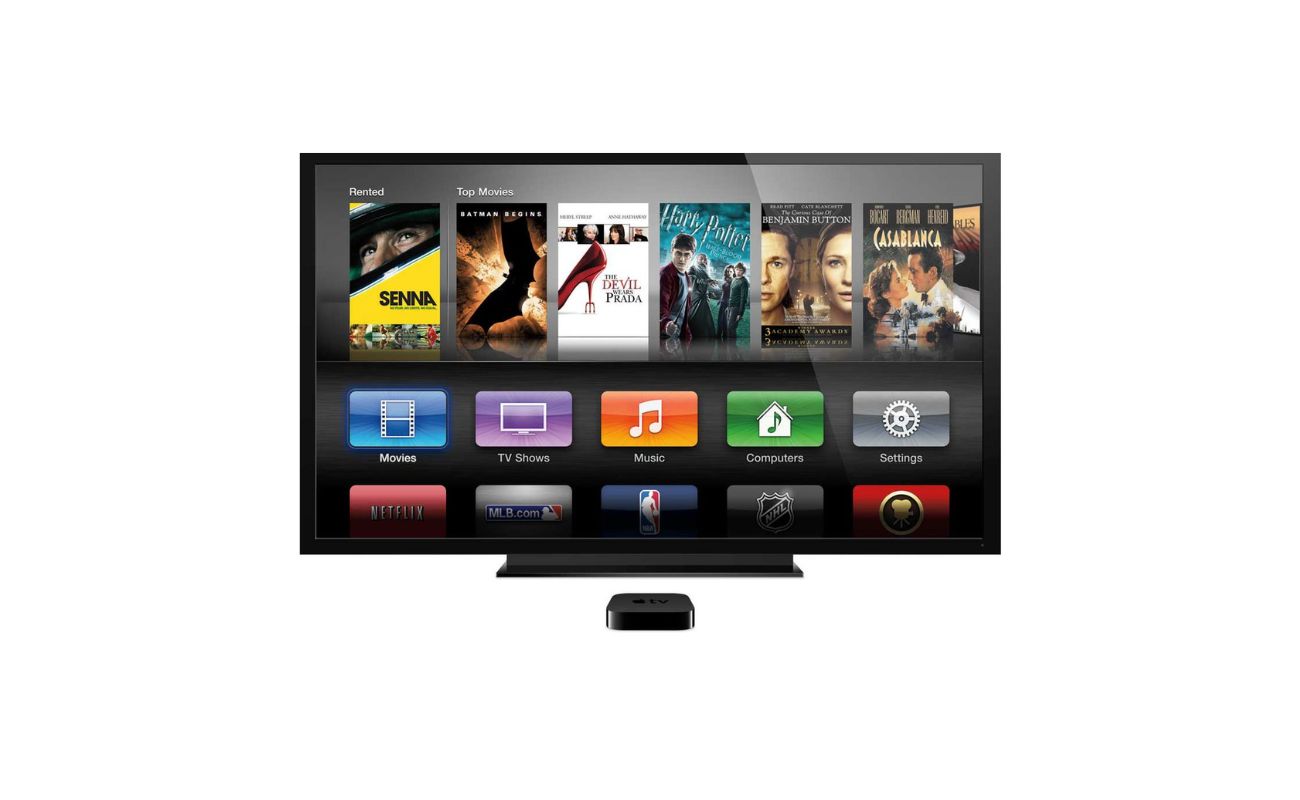


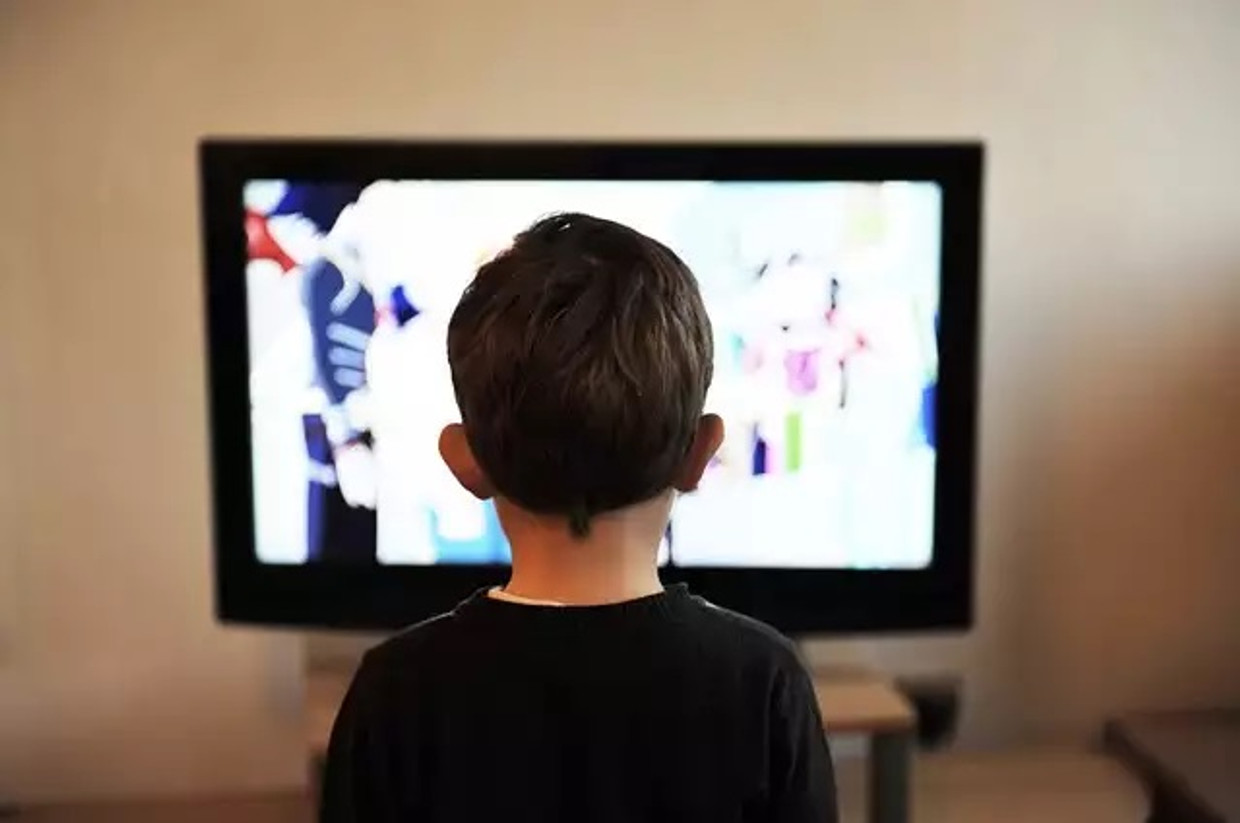

0 thoughts on “How Has Binge-Watching Changed Television?”